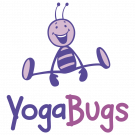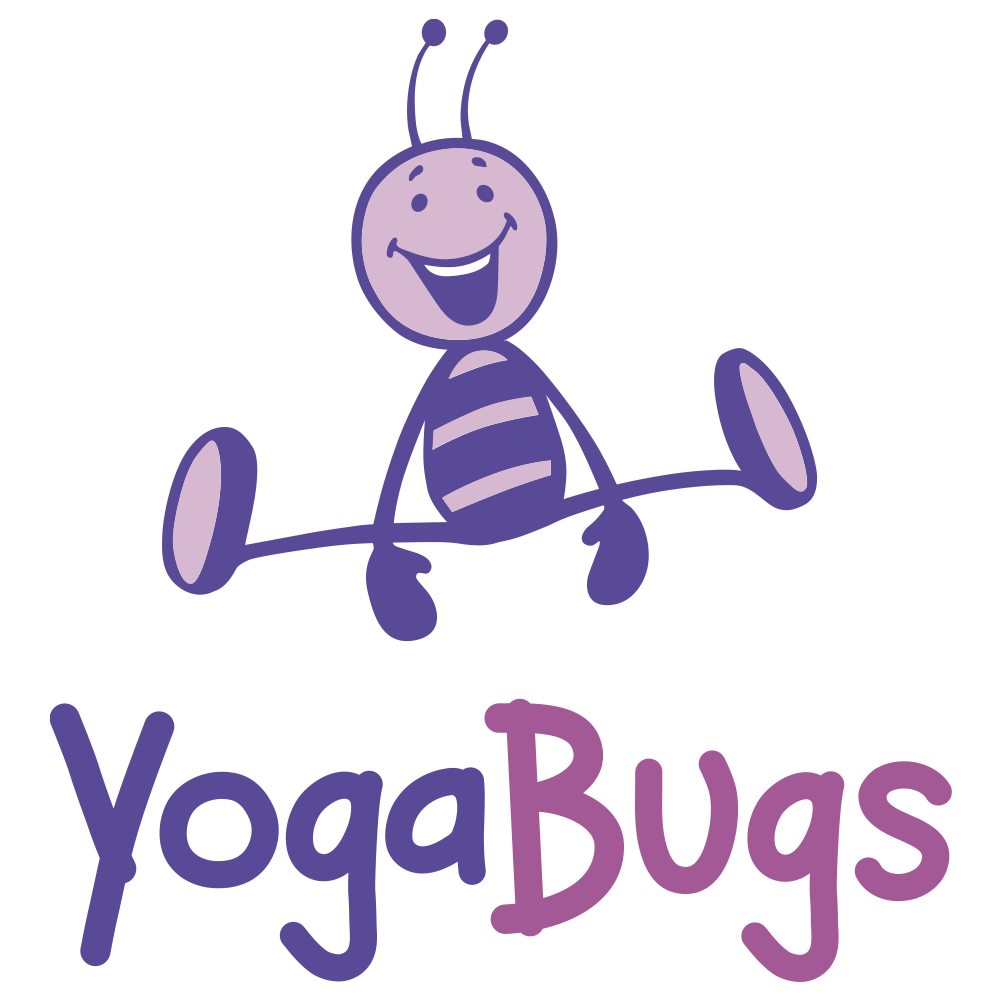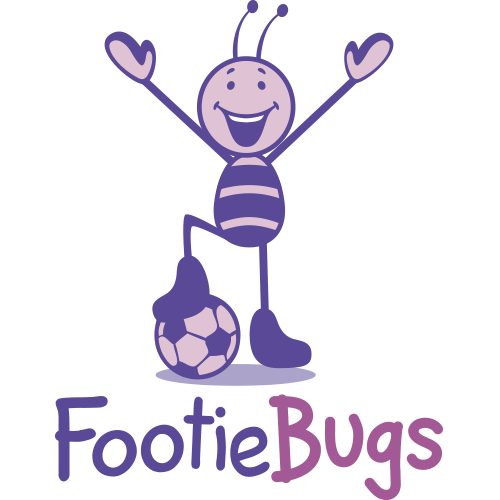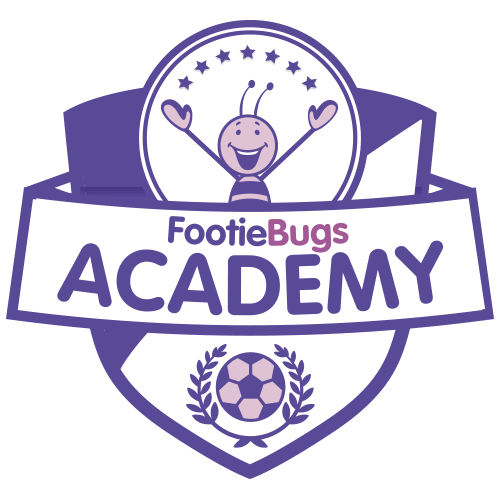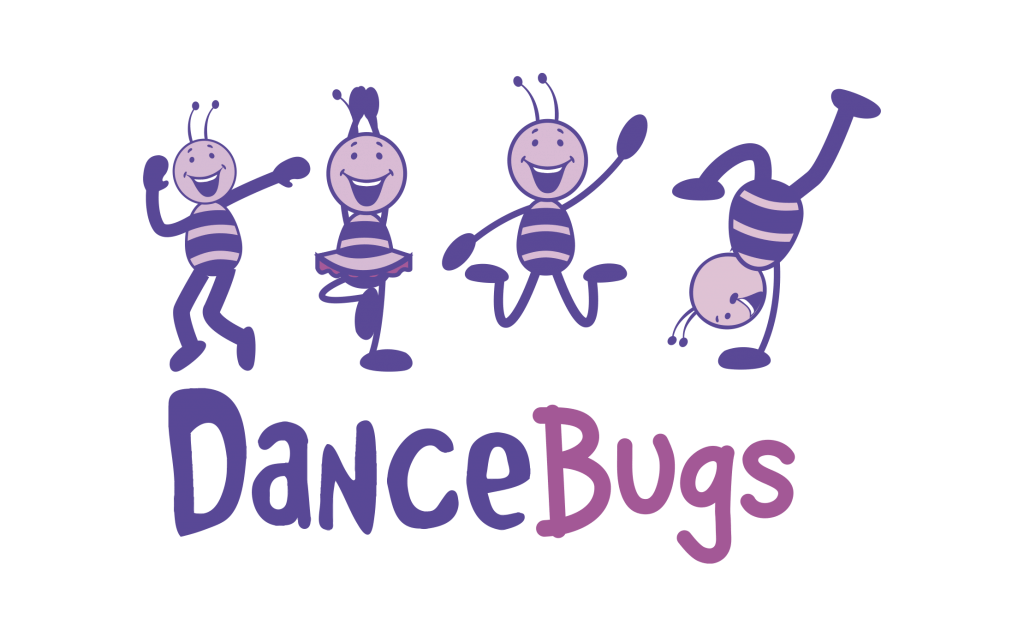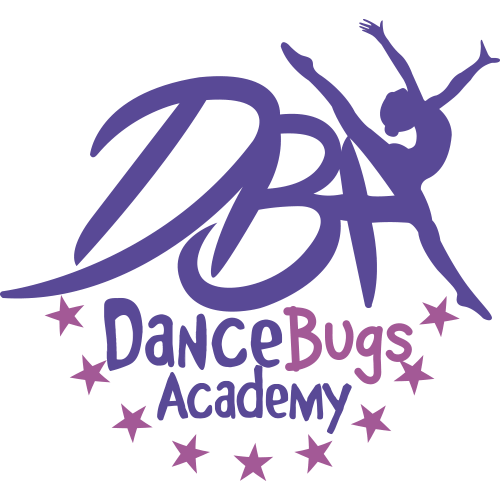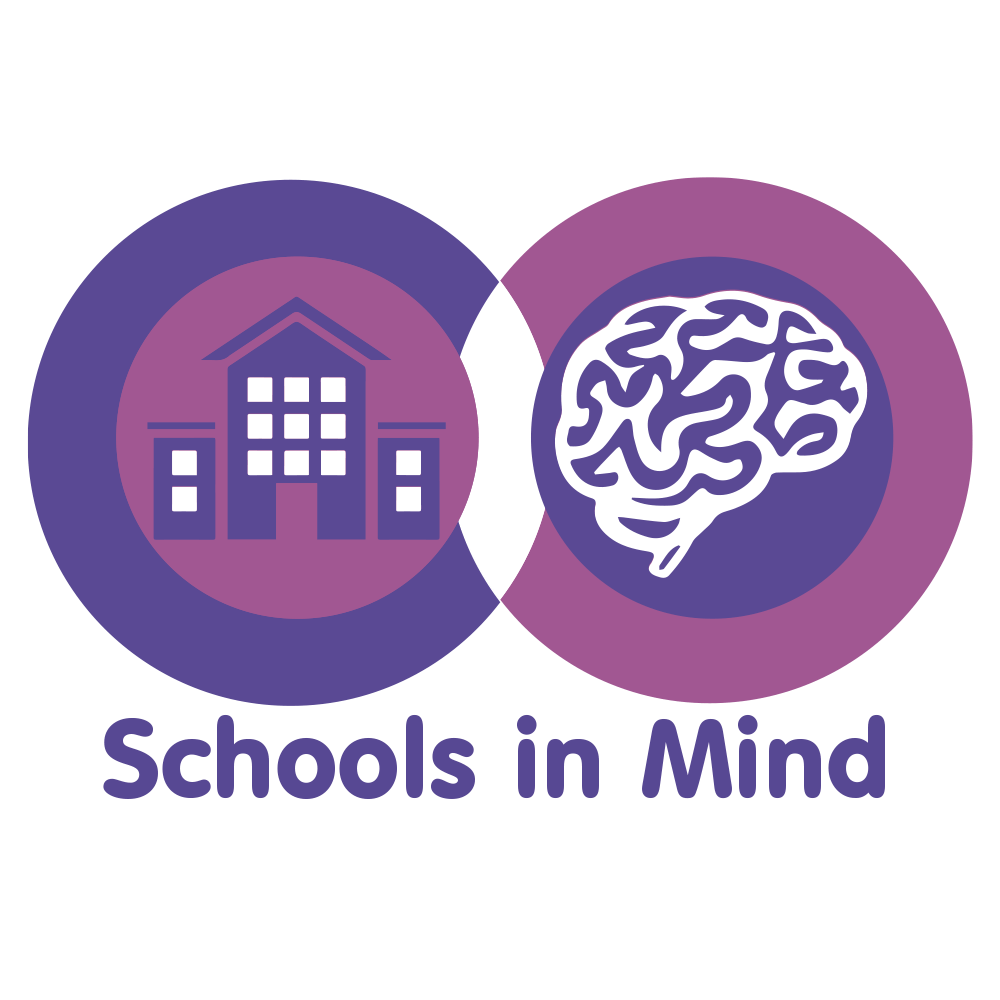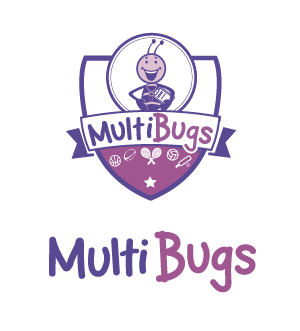Yoga combines physical activity and breath work, with meditation and mindfulness, to improve strength, relaxation, focus and mood management.
With an ever-increasing rise in children being diagnosed with ADHD, yoga offers tools that can be used to help reduce hyperactive behaviour and anxiety, improve poor motor coordination and develop self-regulation.
Yoga also creates a mind-body connection that many children with ADHD struggle with and is critical in helping them feel calm, centred and in control.
Here’s what yoga can do for your child:
- Promote mindfulness and calmness
Children with ADHD often experience heightened stress levels and struggle to focus on activities. The routine of yoga can be calming especially when they practice the same postures and become confident at doing them. To get into a yoga pose, children are forced to slow down and pay attention to what they are doing. This gives them time to focus their mind and tools to calm down when they are upset. Yoga cultivates feelings of self-control, and so helps to create an understanding of mind-body interaction. When children’s minds are calm and peaceful, their social interactions are more harmonious and how they react to different and sometimes difficult situations is more measured and considered.
Promote mindfulness and calmness: Tree Pose
This is a pose the requires focus as children stand balancing on one leg with their hands in prayer over their head. If the balance is an issue, begin with the foot tucked into the standing foot’s ankle. Encourage children to focus on one spot.
Children should try to stand tall and strong for 3-5 deep breaths.
- Regulating breathing
Understanding controlled breathing is important in helping children feel more in control of their brain and bodies. For ADHD children, this can often be the key to them being able to control impulsive and hyperactive behaviours. Learning how to take deep breaths offers them tools to reduce stress and anxiety.
Deep breathing also helps to lessen fidgeting and impulsive outbursts of energy that take away from a child’s focus. When we are stressed, our breath quickens in pace. Children who can understand their breathing patterns will be able to self-regulate when they are feeling anxious and apply techniques to control themselves and stay calm.
One of the first things parents or teachers often instinctively say when a child is distressed and trying to tell them something is, “Take a deep breath, try to calm down so that you can now talk!” Deep breathing creates a sense of equanimity and well-being as it calms the nervous system. It feeds the body with more oxygen and positive energy thereby reducing irritability.
A simple deep breathing exercise:
If possible, use a Hoberman Sphere, so that the child’s breath can mimic the movement of the sphere’s flow. Children should take a deep and slow inhale breath as the sphere expands, and a slow exhale as it contracts slowly. Repeat 5 times. If a sphere is not available, have children bring their fingertips to lightly touch in front of their chest. On inhale, children should slowly expand the arms and fingers apart, mimicking a balloon being blown up. On exhale, children should bring their fingertips back to lightly touch (like the balloon slowly emptying).
- Establish a routine and improve concentration
Regular yoga practice encourages mindfulness, which improves children’s ability to regulate their attention. Yoga builds a foundation for discipline that helps children with ADHD to improve how they follow directions, control impulses and lengthen their attention span. Short meditation practices encourage a quieting of the mind helping children with ADHD to develop concentration, which, in turn, influences their ability to stay focused on tasks. For example, when children concentrate on their breath, or sit focusing on one point, or feel a stretch in their arms, they learn body-mind awareness. This teaches them to focus and self-control which can have tremendous implications on their behaviour in the classroom, around homework and tasks, and potentially stressful social interactions.
A great pose for concentration: Candle flame meditation
Have the child lie on her belly resting their chin in their hands as they watch the candle flame dance between flickering and stillness. After a minute or so, children can close their eyes and they will see the flames pictures on their eyelids.
- Boost self-esteem
The best thing about Kids Yoga is that it is non-competitive– so rare in today’s world of performance activities. Yoga encourages focusing on oneself without any competitive focus or pressure to perform. A yoga class is a safe environment that helps to build awareness, confidence and compassion (for oneself and others) and allows children to work at their own pace, thereby enhancing their self-esteem. By being encouraged to try new poses and develop new skills, children learn self-control and self-calming techniques, which helps with social interactions, while simultaneously building strength and flexibility.
Feeling strong in oneself, both inside and out, is an essential ingredient in cultivating positive self-esteem, and children with ADHD need plenty of encouragement and positive feedback to feel good about themselves.
A great pose that develops strength: Downward Facing Dog
The quintessential yoga pose that develops strength and flexibility. With their head in a forward and down position, children are in a releasing position, which is great for draining and freeing excess tension.
Children with ADHD may develop clinical Depression and Anxiety as adults due to their ongoing struggle as young children and adolescents to keep up with their peers both socially and academically. Enrolling your child in yoga from an early age may help them to manage their frustration, upset and angry with the many tools that they develop through the poses, breathwork and meditation practices.
Children with ADHD symptoms benefit greatly if they have outlets for their excessive energy and develop techniques to help cultivate focus and calm. Yoga provides multiple beneficial tools for ADHD children to improve their focus and develop a mind-body connection that helps to balance the neurotransmitters in their brain. These gifts improve their ability to focus and learn, as well as cultivate tools for developing deeper self-awareness, overcoming stress and anxiety, and facing daily challenges.
